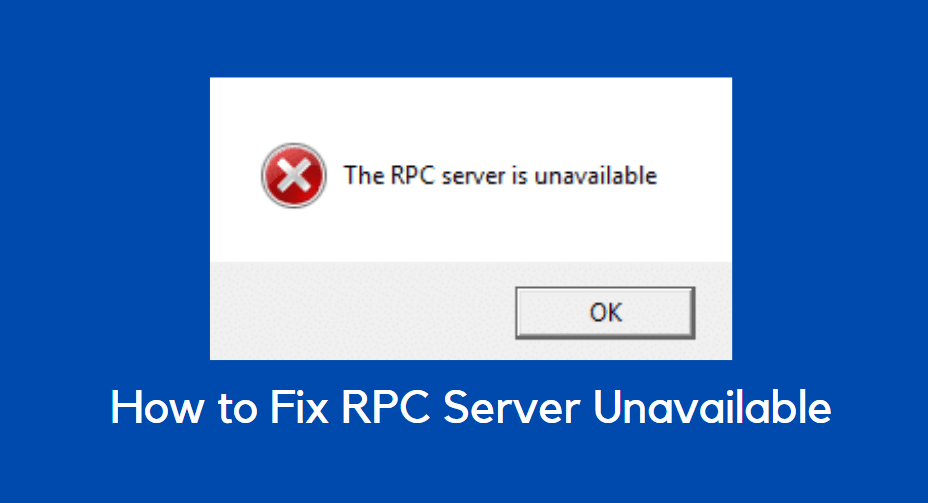In the digital age, data is one of the most valuable assets a company can harness. Organizations constantly seek to understand their users better, improve experiences, and make informed decisions — all of which rely heavily on analytics. However, this pursuit brings with it a critical responsibility: safeguarding user privacy. With growing global awareness about digital rights and the introduction of stringent regulations like the General Data Protection Regulation (GDPR) and the California Consumer Privacy Act (CCPA), companies must now find the delicate balance between gathering insights and respecting personal data — obtaining *consent* is at the heart of this balance.
The Challenge of Modern Analytics
Most analytics platforms work by placing cookies or tracking pixels on a user’s device. These components collect data — from pages visited and time spent on site to more granular behavioral metrics. Historically, this was done with little to no visibility for the end user. Today, that is no longer acceptable.
Transparency, control, and consent have emerged as cornerstones of modern data collection frameworks. But implementing consent mechanisms that also maintain the integrity and effectiveness of analytics can be a daunting task.

Why Consent Matters
Respecting user privacy isn’t just about staying compliant with the law; it’s about ethics and trust. When users share their data, explicitly or implicitly, they show a level of trust in the organization. Violating that trust has consequences beyond legal ramifications — damaged reputations, loss of customer loyalty, and diminished brand equity.
Obtaining consent achieves the following:
- Legal compliance: Adheres to GDPR, CCPA, and other regional regulations.
- Ethical responsibility: Reflects a commitment to responsible data practices.
- Customer trust: Demonstrates transparency and builds long-term user relationships.
Consent should be informed, freely given, and revocable. It must clearly state what data will be collected, how it will be used, and provide users with the choice to accept or reject tracking — with no hidden clauses or complicated interfaces.
Privacy Laws and Their Implications
The GDPR, one of the most robust privacy legislations globally, mandates that entities must have a clear legal basis before processing personal data. Consent is one such basis, but it must be obtained properly. Similarly, the CCPA provides residents of California rights to access, delete, and opt out of the sale of their personal information.
Non-compliance with these laws can result in severe financial penalties. But even more significantly, it reinforces the need to redesign data analytics infrastructures to accommodate privacy from the start — a concept known as privacy by design.
Strategies for Privacy-Respecting Analytics
Modern organizations need tools and methods that allow them to collect analytics without overstepping user privacy. Here are key strategies:
1. Use Privacy-Focused Analytics Tools
Many traditional analytics platforms have come under scrutiny for their data practices. Alternatives like Matomo, Fathom, and Plausible Analytics have risen in response, offering privacy-centric analytical services that do not rely on cookies or personal identifiers.
- They often support anonymous tracking.
- They are compliant with privacy regulations out of the box.
- They provide detailed dashboards without storing data in third-party clouds.
2. Implement Clear Consent Mechanisms
Consent banners and pop-ups must be user-friendly and unambiguous. Avoid ‘dark patterns’ — interfaces designed to pressure users into accepting cookies.
Best practices include:
- Providing granular choices for different types of data collection (e.g., performance cookies, ad tracking).
- Allowing users to continue browsing the site even if they reject all tracking.
- Ensuring consent records are stored securely and are easily accessible if required.

3. Aggregate and Anonymize Data
Data does not always need to be personal to be useful. Aggregated and anonymized datasets can offer valuable insights without tying information back to specific users. For example, understanding that 80% of visitors land on a product page from mobile devices is useful and doesn’t require knowing who those individuals are.
Some techniques include:
- Removing IP addresses and other identifiers from logs.
- Grouping users into general segments instead of individual tracking.
- Using randomized user IDs that rotate periodically.
4. Opt for First-Party Data Collection
Third-party cookies are steadily being phased out, with major browsers like Safari, Firefox, and even Google Chrome planning to eliminate them. As a result, a shift toward first-party data — information collected directly through your own domain — is both strategic and privacy-friendly.
This shift benefits both users and businesses by reducing reliance on external parties, giving organizations greater control over how data is collected and secured.
Risks of Non-Compliant Analytics
Failing to put consent and privacy at the center of analytics practices can have dire consequences:
- Financial penalties: GDPR violations can cost up to 4% of global annual revenue.
- Loss of consumer trust: A single privacy incident can lead to lasting brand damage.
- Data breaches: Mishandled data increases vulnerability to cyber-attacks.
Falling behind in these areas not only exposes a business to regulatory risk but also puts it at a competitive disadvantage. Informed consumers are starting to prioritize privacy as part of their decision-making process and favor companies that demonstrate respect for their rights.
The Future: Privacy-Centric Innovation
As technology evolves, so does our understanding of privacy. Emerging standards like the Global Privacy Control (GPC) signal a new direction for frictionless privacy enforcement, where browser settings can dictate tracking permissions universally without relying on individual cookie banners.
Innovative analytics platforms are also exploring the use of federated learning and differential privacy — techniques that allow meaningful data processing while ensuring no personal information leaves the user’s device. These approaches combine accuracy with protection, indicating that privacy and analytics are not mutually exclusive, but in fact can coexist through smart design.
Conclusion
In today’s digital economy, data-driven decisions are vital — but they cannot come at the cost of human dignity or regulatory transgression. Ethical analytics is not only a legal necessity; it’s an operational advantage, and a brand differentiator.
By embracing clear consent mechanisms, adopting privacy-forward tools, and anonymizing or minimizing data collection wherever possible, organizations position themselves to thrive in a privacy-conscious future. Those who lead in this area won’t just comply with the law — they’ll earn the trust of users, partners, and regulators alike.
Consent and analytics are not inherently at odds. When handled with care, knowledge, and respect, they form a powerful partnership that supports both business growth and user rights.





